In My Father’s House
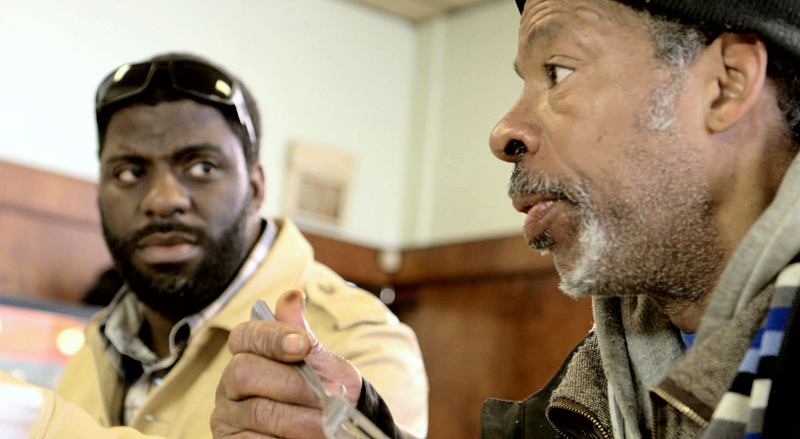
In My Father’s House is a documentary shaped by estrangement. We see it in its many forms: children separated fr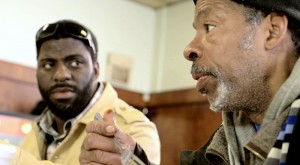 om their parents, individuals from a sense of community, and even the divide between one’s better and lesser self. It follows Che “RyhmeFest” Smith, a rapper and social advocate whose accomplishments include co-writing the Kanye West track Jesus Walks and Selma’s (2014) award-winning anthem Glory.
om their parents, individuals from a sense of community, and even the divide between one’s better and lesser self. It follows Che “RyhmeFest” Smith, a rapper and social advocate whose accomplishments include co-writing the Kanye West track Jesus Walks and Selma’s (2014) award-winning anthem Glory.
We meet Che as a 30-something father and husband who has gone through the high and lows of success, now settling into his new home on Chicago’s south side. While sorting through old photographs, Che gives a brief family history: his mother had him at 15, and his dad, Brian, made sporadic appearances in his youth before disappearing entirely. This is an absence that’s both driven Che and made him stagnant – despite professional and personal success, there’s still a longing to know and understand his father. It’s that very longing, we find, that led him to purchase this specific home, where his father was raised. The house became a symbol for Che of “lost inheritance” and also as a chance to rewrite the past. But, as Che’s son reaches the same age that he was when his father left, symbolism falls short. In fact, Che realizes he needs to demystify the image of his father, and so he tracks him down.
When Che does find Brian, we see a man in his mid-50s, battered by alcoholism and homelessness. It’s an emotional and wary reunion – Brian tearfully hugs Che, who feels a sense of responsibility for his new-found family. We watch as their relationship develops, mostly as Che tries to rehabilitate Brian for mainstream society. In the beginning it works, Brian does his best to stay sober and hold down a job as Che’s affection deepens. Of course, there are backslides; Che barges into Brian’s new apartment to see he’s been binge drinking, leaving Che devastated and Brian defensive. As they fight, Brian screams “I’m the daddy!”, to which Che responds “What does that even mean to you?” And there’s the crux of it all: what does it mean to be a father? It’s more than simple biology, it’s giving a child a sense of identity and protection. It’s a sentiment too many children won’t receive. Eventually, Che admits he was chasing a “delusion of his father,” that he created in adolescent daydreams. To find peace, he has to accept his father as he is, not the figure he needed him to be.
The version of family Che and Brian find with each other is bittersweet. It’s a relationship that points to the universal issue of absent parents and their wounded children. Interestingly enough, one of the documentary’s subplots deals with Che questioning the paternity of a girl said to be his daughter. Born from a fling, Che feels no connection to this child, and questions his role as a father (which is later confirmed). This shirking of responsibility plays against his wife’s Donnie’s struggles to conceive, a foil that as a whole is gut-wrenching to see – these cycles of lost family and yearning. In My Father’s House is a necessary exploration of family instability. It’s also stylistically compelling, a blend of vérité, Super 8 film footage and archival material. While Che and Brian’s relationship is the core, the film leaves us wanting more from the poignant subplots – Che’s outreach to the Chicago youth and Donnie’s infertility. But perhaps this is like life; stories aren’t neatly tied away but take years of ebb and flow before reaching some kind of conclusion.
Kelly Kirwan
In My Father’s House is released in selected theaters on April 16th 2015.
Read more reviews from Tribeca 2015 here, for further information about the festival visit here.

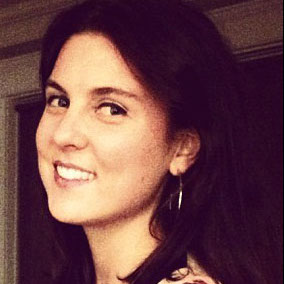
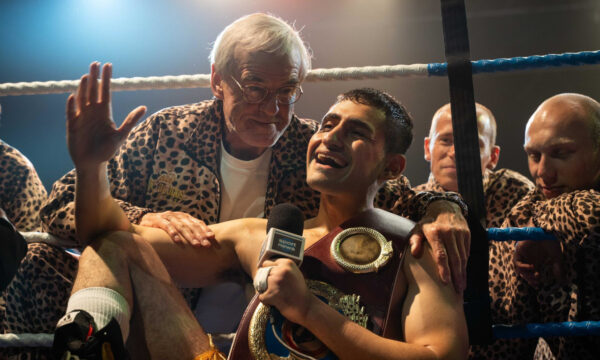

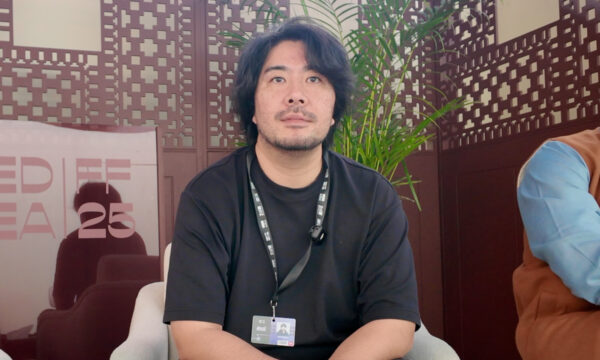
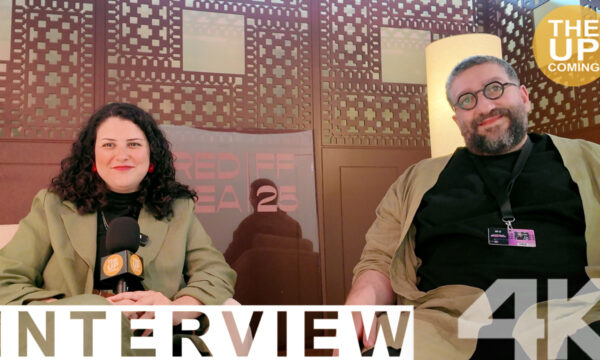
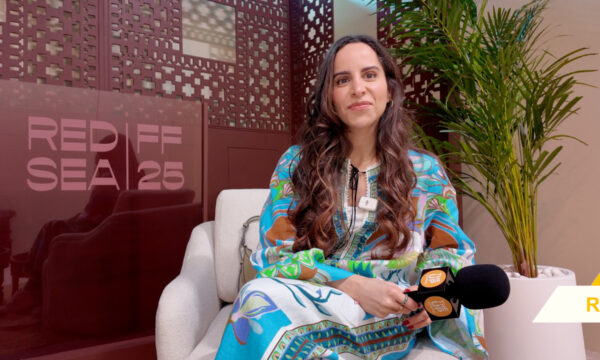
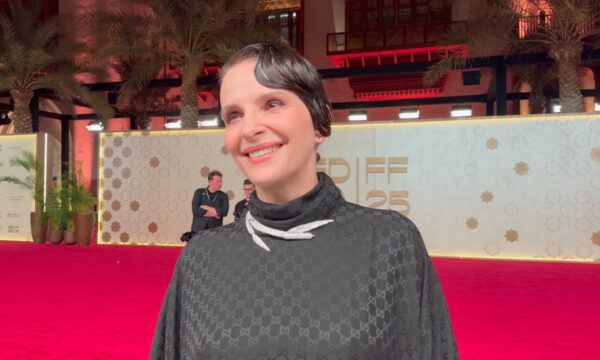
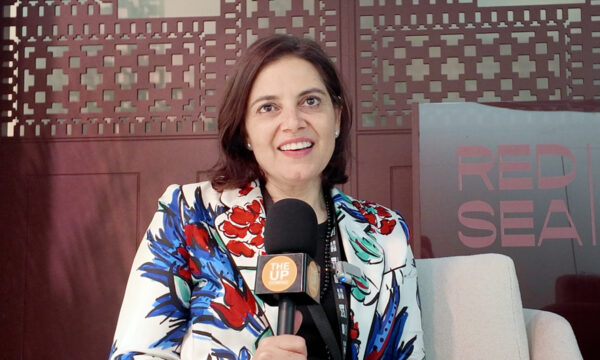






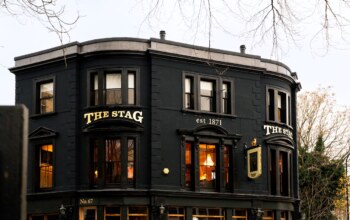








Facebook
Twitter
Instagram
YouTube
RSS